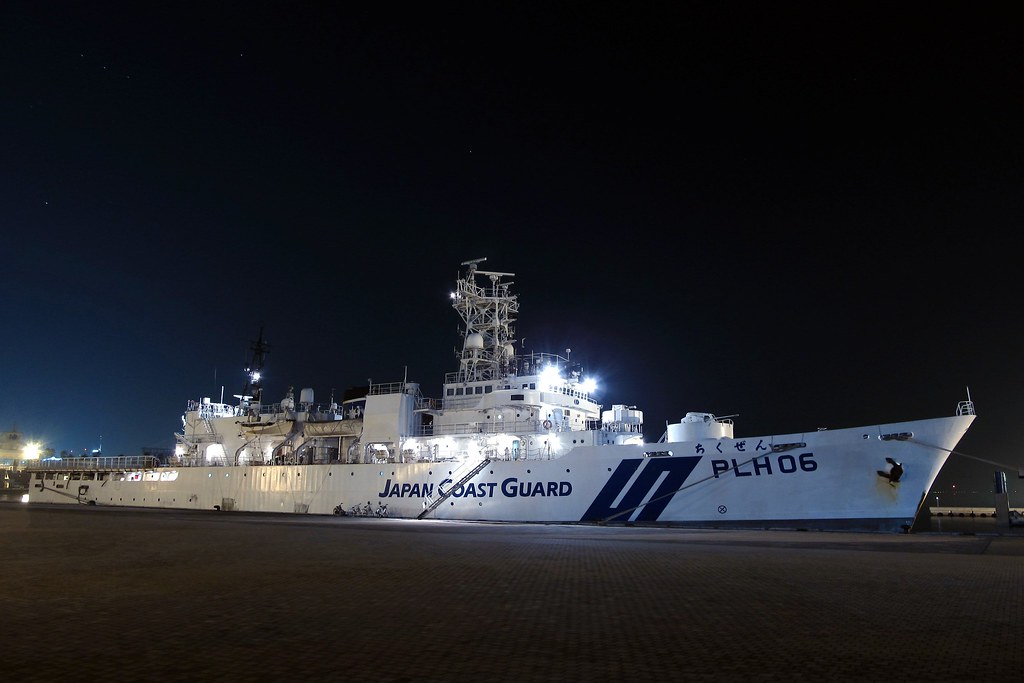 |
| PLAAF J-11B as seen from a USN P-8A over the South China Sea |
The Chinese Defense Ministry has accused the US military of "close-in reconnaissance" in China's airspace in response to US criticism of a Chinese jet intercepting a US Navy patrol plane last Tuesday.
US reconnaissance can easily trigger miscalculation or cause sea and air accidents, ministry spokesman Yang Yujun said at a regular news briefing. "If the United States does not want to affect bilateral ties, it must reduce and ultimately stop such reconnaissance," Yang said.
U.S. CLOSE-IN RECONNAISSANCE, NOT CHINESE INTERCEPT
It is not "a Chinese intercept" but "US close-in reconnaissance."
"The site of the incident is 220 km from China's Hainan Island, rather than the same distance from Hawaii or Florida of the United States," Yang said.
The Pentagon had claimed China's interception was "dangerous."
"What I need to stress is that the US side has kept talking about the technical issues like the distance between the two aircraft, but ignored a policy issue of highly frequent close-in reconnaissance against China," Yang said.
According to the spokesman, one US anti-submarine plane and one patrol aircraft flew into airspace about 220 km east of Hainan on the morning of Aug. 19, at which point a Chinese fighter jet took off to identify the aircraft in a standard operation.
"The United States calls it an 'unsafe and unprofessional intercept' and 'Chinese provocation,'" Yang said. "But indeed the Chinese pilot's operation is professional and has taken safety into consideration.
"As a developing country, China values its aircraft and pilots' lives, certainly compared to some countries that have their military pilots fly close to other's doorsteps on a daily basis."
Read the full story at Want China Times




.jpg)



.jpg)









